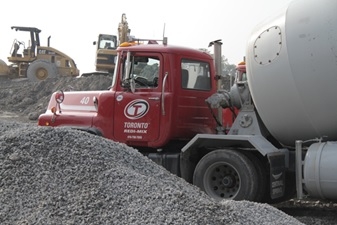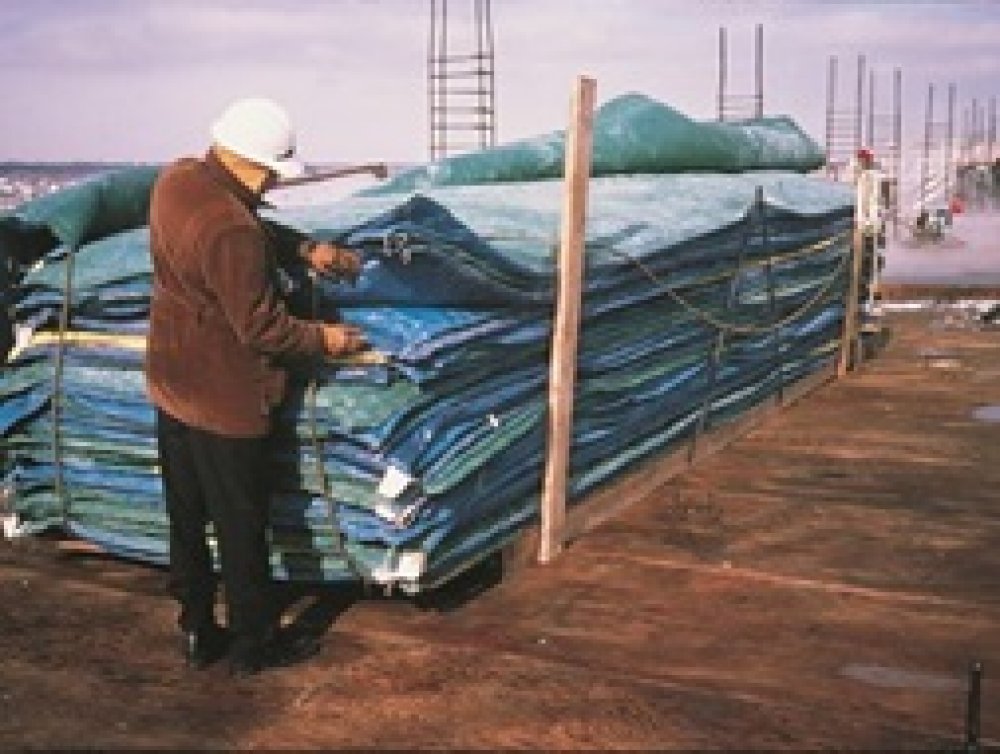THE CONSTRUCTIONIST.

NOV
30
COLD WEATHER CONCRETING
Workability of ready-mix concrete is affected by weather. Certain precautions must be taken in order to ensure proper handling, placing, finishing and curing of the freshly placed concrete. Now that the weather is getting colder, the process of placing concrete calls for extra attention. As the temperatures drop (especially below 5 °C), concrete will lose moisture and heat rapidly, affecting its setting time, strength and long-term durability.Follow these tips for safe cold weather concreting:
Plan ahead
Schedule your ready-mix truck orders in a manner that allow for the most efficient use (adjust your schedule accordingly, well in advance during colder weather conditions to minimize waiting time and avoid unforeseen added expenses). Provide a sufficient workforce to eliminate any delays during construction, thereby accommodating any changes due to variances in temperature and to coincide with your deliveries.
Additives
To prevent shrinkage and cracks, as well as increase workability with concrete, make sure to add admixtures (such as polyfiber and super plasticizer) to your order of ready-mix concrete. Chemical admixtures help concrete set faster in cooler temperatures, and improve the overall strength of concrete.

Prepare the surface
Never pour concrete on hard, frozen ground. Frozen ground will lower the temperature of concrete, causing it to set more slowly, and may even result in cracking of the concrete. First, you should remove all ice, snow, and standing water from the surface. Once the surface is clean, you should thaw it using heat pipes and blankets, or electric blankets. Warm up anything that will come in contact with the concrete to at least 0 °C. Do not use unvented heaters as carbon dioxide from the heaters may cause soft, dusting floors. Make sure that the heaters are attended at all times as they pose a fire hazard.


Cover the area
After the concrete has been poured, you need to protect it from freezing and thawing by covering it with insulating blankets and tarps. If you leave the concrete uncovered and exposed to cold air, the top of the concrete may freeze and crack. Providing sufficient insulation will allow for a more gradual adjustment of the concrete to the cooler temperatures.
Concrete can be placed in cold weather conditions as long as adequate precautions are taken to alleviate the negative impacts of low ambient temperatures. For more information on cold weather concreting, call 416-798-7060 to speak to our Experts.
FIND A LOCATION NEAR YOU
BY POSTAL CODE
KMBY CITY















